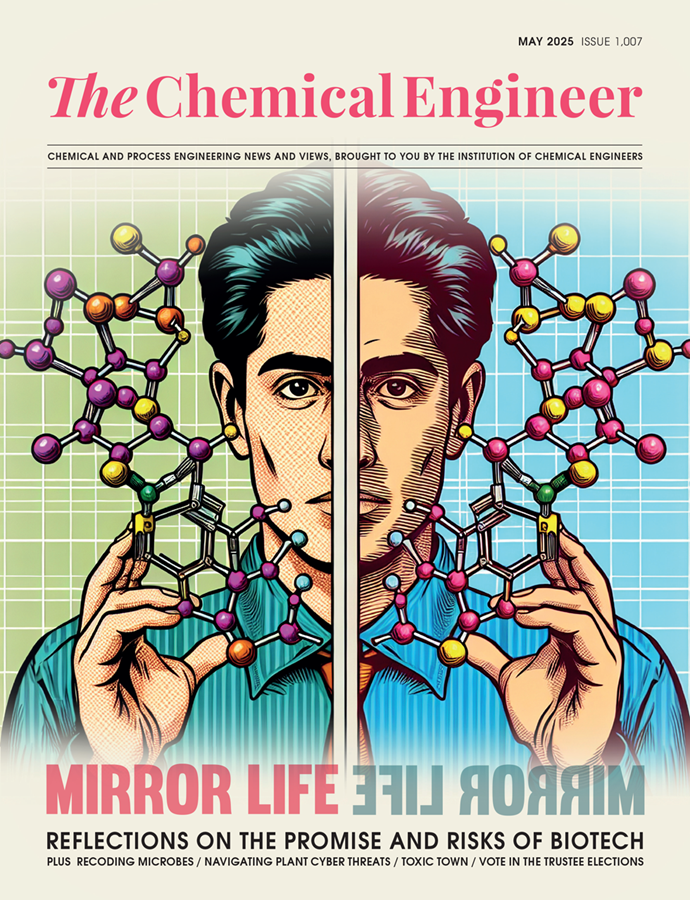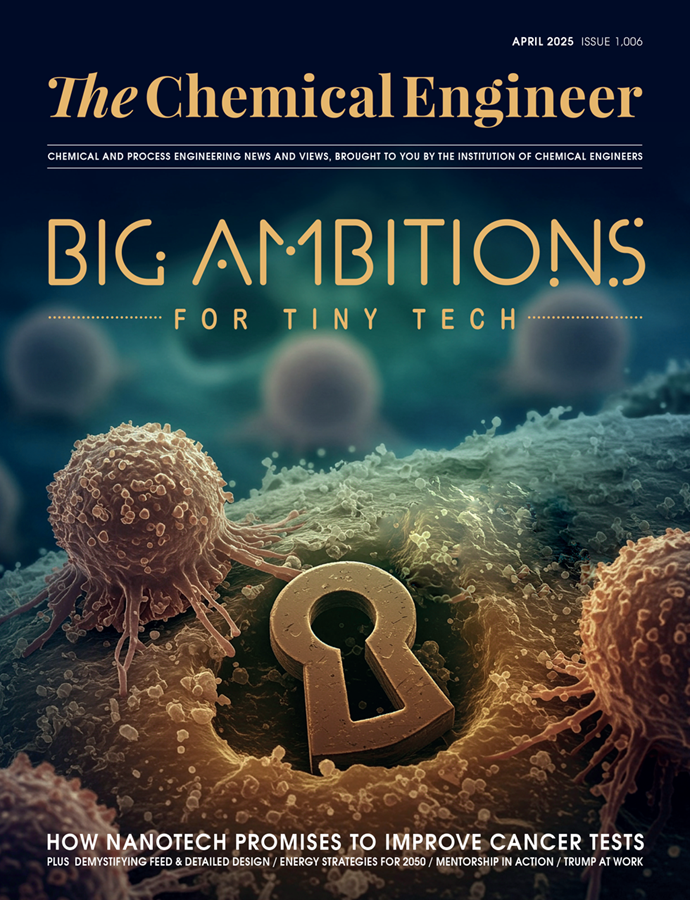Phosphate Rocks Chapter 7: Guano

Elemental phosphorus, nicknamed the devil’s element, is highly flammable and will spontaneously combust in air. First isolated in 1669 by Hennig Brand(iv), it is named from the Greek phosphorus mirabilis, meaning miraculous bearer of light. Brand was a German alchemist looking for gold in urine (as one does). He discovered instead that, if you boil down twenty litres of urine, you can get one gram of this strange, volatile substance that glows in the dark and burns with a cold radiance.
Phosphorus makes matches, fireworks and incendiary bombs sparkle. It’s also highly toxic – used in rat poison, herbicides, insecticides, chemical warfare and other forms of murder. However, once phosphorus is combined with oxygen and converted to phosphate, it becomes stable, non-toxic and has the power to regulate all life on earth.
The average human body contains over three kilograms1 of phosphates, most of it in your bones as crystalline hydroxyapatite12. The hard, dense enamel of your teeth is formed from another phosphate, fluorapatite13. Every single cell in your body carries your genetic code, and the backbone of each strand of DNA14 or RNA15 is made from alternating phosphate and sugar groups. Inside the mitochondria, the powerhouses of the cell, another phosphate compound, ATP16, regulates the energy flows in our body, with one of the triple phosphate bonds breaking to release energy, leaving a double phosphate (ADP17) behind. The energy from food is used to regenerate the phosphate–phosphate bonds and the human body recycles its own weight in ATP every day.
Some phosphates in your body are excreted, in urine and faeces, and need to be constantly replenished. There is no phosphate in the air you breathe, very little in the water you drink, and so you ingest it with your food. Animals get phosphate from the plants they eat, and plants get phosphates from the soil.
Phosphorus helps plants ‘fix’ carbon dioxide from the air, as part of a series of reactions called the Calvin cycle. Using the energy from the sun, plants turn gaseous carbon dioxide into glucose and other sugars during photosynthesis with the help of the most abundant enzyme on earth: rubisco18 a phosphorus-containing enzyme that acts as a catalyst during the first major step of carbon fixation19. Phosphorus regulates the energy which sustains life.
But there’s a constant need to replenish this element. Very little phosphorus is recycled. Apart from slaughterhouse products such as bonemeal, the concentrations are too low for practical recovery. Farm animals and crops take more phosphate out of the ground than they put back, so the balance must come from elsewhere.
Recent Editions
Catch up on the latest news, views and jobs from The Chemical Engineer. Below are the four latest issues. View a wider selection of the archive from within the Magazine section of this site.




